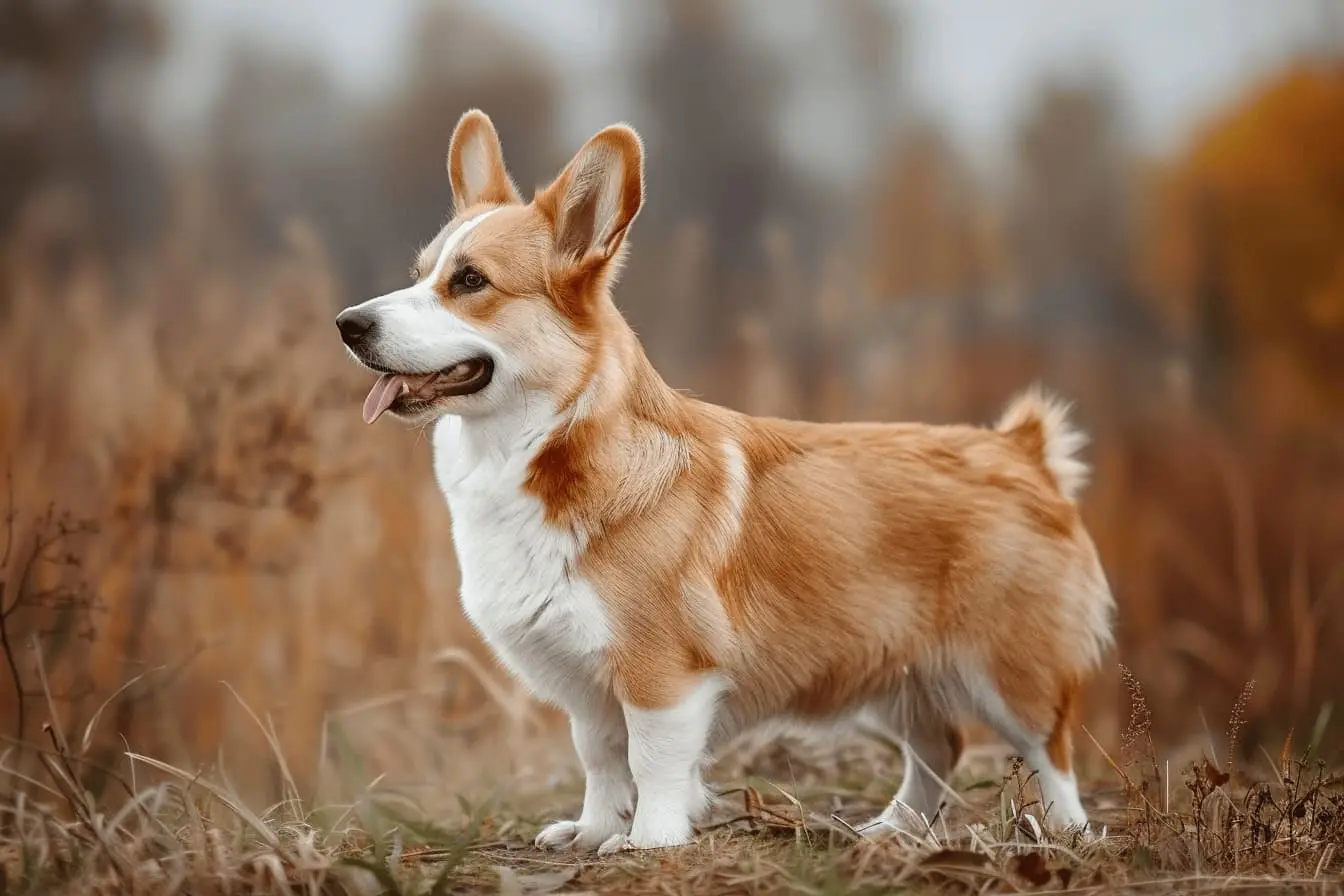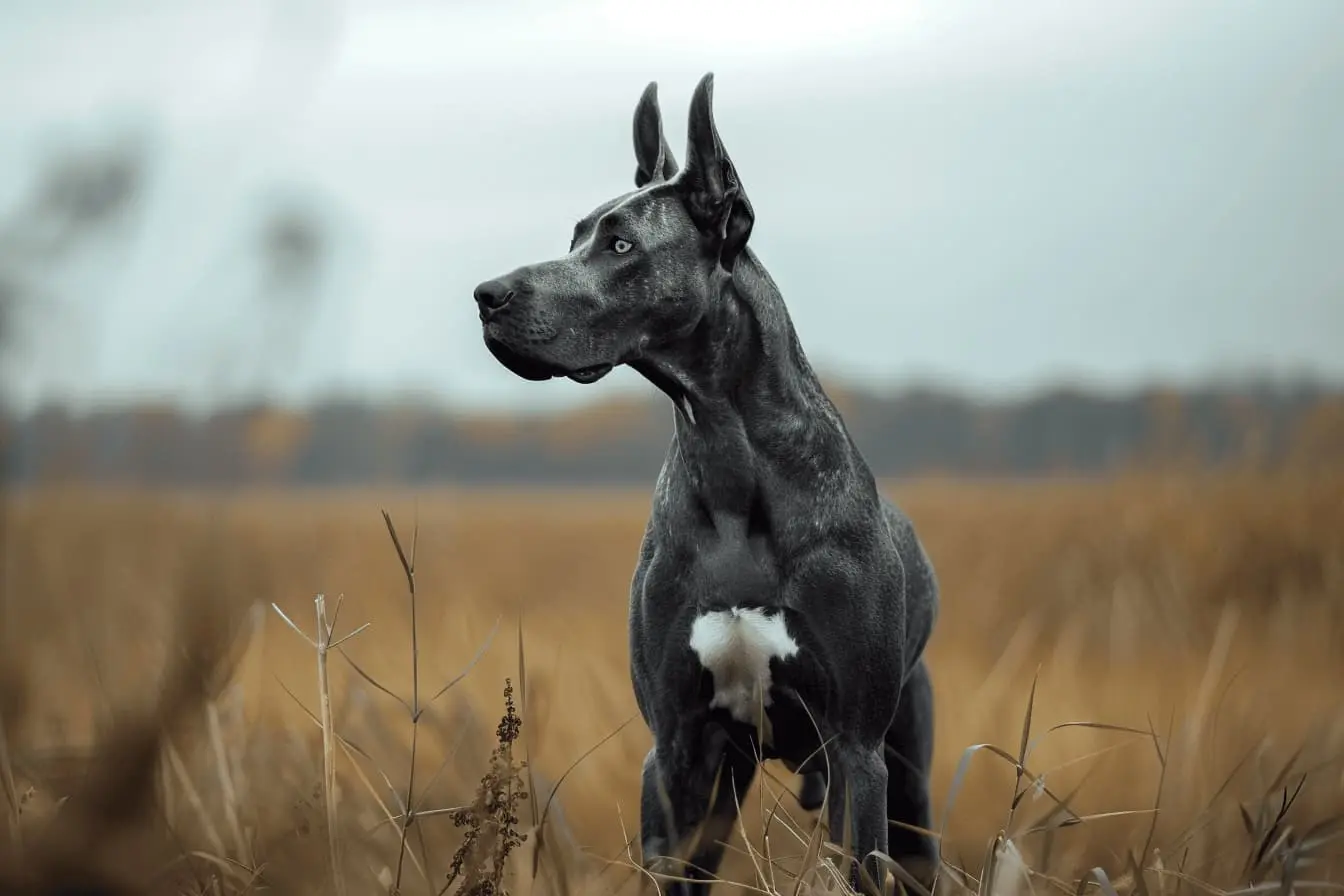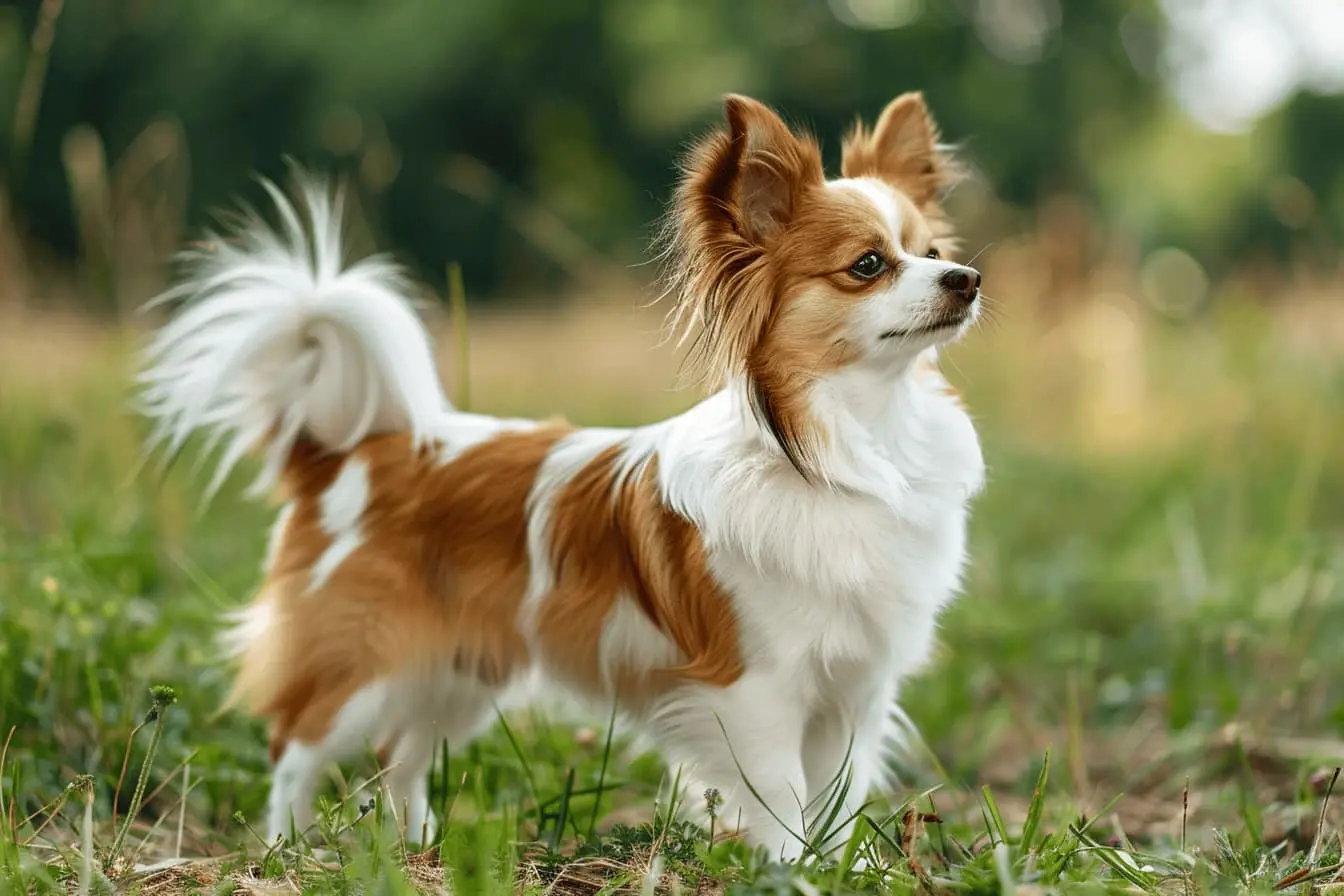
A Comprehensive Guide to Toilet Training Your New Dog or Puppy
Toilet training a new dog or puppy is an essential part of dog ownership that requires patience, consistency, and the right tools. This process can be straightforward and even enjoyable with a structured approach. This guide will help you understand what you’ll need to purchase, considerations to keep in mind, and a step-by-step method for successful toilet training.
What You'll Need
- Crate or Playpen A crate or playpen helps in creating a designated sleeping and resting area for your puppy. Dogs naturally avoid soiling their sleeping area, which helps in toilet training. For more details on crate training see our handy guide here.
- Puppy Pads Useful for indoor toilet training, especially if you live in a flat or can't always take your puppy outside.
- Enzymatic Cleaner Accidents will happen, and an enzymatic cleaner will help remove odours and stains without encouraging your puppy to repeat the offence in the same spot.
- Treats Small, low-calorie treats are essential for rewarding your puppy immediately after they go to the toilet in the correct spot.
- Lead For taking your puppy to their designated outdoor toilet spot.
Considerations Before You Start
- Age of Your Puppy Very young puppies have limited bladder control. Generally, a puppy can control their bladder for one hour for every month of age. Adjust your expectations accordingly.
- Consistency and Schedule Dogs thrive on routine. Feeding, walking, and toilet breaks should be as consistent as possible.
- Patience and Positive Reinforcement Toilet training is a process. Always use positive reinforcement, never punishment, for accidents.
Step-by-Step Toilet Training
1. Establish a Routine
Create a consistent daily schedule that includes times for eating, playing, and going to the toilet. Typically, puppies need to go to the bathroom when they wake up, after eating, and after playing.
2. Choose the Toilet Area
Select a specific spot outside as the toilet area. Always take your puppy there on a lead, so they start associating that area with going to the bathroom.
3. Supervision and Confinement
When indoors and not actively supervised, confine your puppy in a crate or playpen. This confinement should not be seen as punishment but as a step in the learning process. Ensure the crate is comfortable, with enough room to stand up, turn around, and lie down, but not too large that they can use one corner as a bathroom.
4. Use Cue Words
Choose a cue word or phrase like "go potty" and use it every time you take your puppy to their toilet area. Consistency with these cues will help your puppy understand what is expected.
5. Reward and Praise
Immediately after your puppy goes to the bathroom in the correct spot, reward them with a treat and plenty of praise. This positive reinforcement makes them more likely to repeat the behavior.
6. Handling Accidents
If you catch your puppy in the act of having an accident indoors, calmly interrupt them and immediately take them to their toilet area. If you find an accident after the fact, do not punish your puppy. Clean it up thoroughly to remove any scent markers.
7. Gradual Independence
As your puppy becomes more reliable, gradually give them more freedom around the house for short periods. This increased independence should be based on their ability to keep their area clean.
Conclusion
Toilet training is a vital step in creating a harmonious living situation with your new dog or puppy. Remember, every puppy is different, and patience is key. Celebrate the small victories and remain consistent in your approach. With time and patience, your puppy will learn, leading to a cleaner home and a happier, healthier relationship between you and your new furry friend.
Vets near you
Speciality vets
- Aquatics vet specialists
- Birds vet specialists
- Camelids vet specialists
- Cats vet specialists
- Cattle vet specialists
- Deer vet specialists
- Dogs vet specialists
- Equines vet specialists
- Exotic vet specialists
- Goats vet specialists
- Pigs vet specialists
- Poultry vet specialists
- Sheep vet specialists
- Small Mammals vet specialists
- Wild vet specialists



